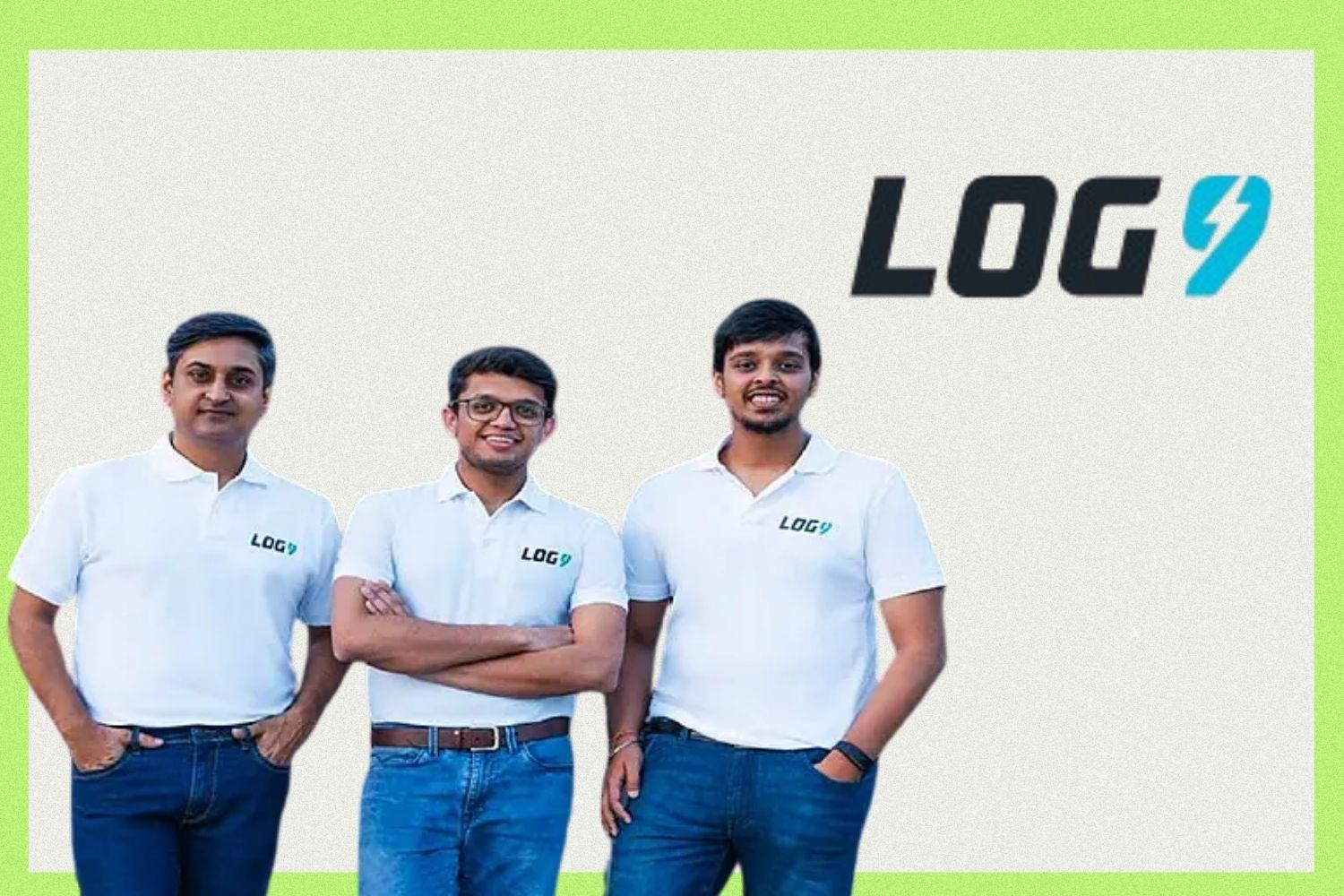Log9 Materials was supposed to prove that an Indian startup could master battery chemistry at home. Today it is scrapping for survival, trying to sell off assets and raise an emergency bridge round before lenders force its hand.
From deep-tech darling to debt trap
Founded in 2015 on the promise of aluminium–air fuel cells, Log9 attracted marquee investors such as Peak XV, Exfinity, Amara Raja Batteries and PETRONAS Ventures, together pouring in close to $75 Mn in equity.
In 2022 the company announced a ₹150 Cr cell-manufacturing plant in Bengaluru’s Jakkur area, targeting 50 MWh of annual capacity. Delays in getting Chinese engineers on-site meant the line only sputtered to life in April 2023. Production never ramped beyond pilot scale.
A pivot that juiced revenue—but not cash
Unable to compete with imported cells, Log9 pivoted to an EV-leasing model in 2022, partnering with Omega Seiki Mobility and Quantum. The shift tripled top-line from ₹25.5 Cr (FY 22) to ₹110.3 Cr (FY 24). But costs exploded: FY 24 losses hit ₹118.6 Cr and total borrowings neared ₹200 Cr, leaving the company to “borrow to repay,” according to former staff.
Technology mis-bets meet a plunging market
Log9 staked its future on lithium-titanate (LTO) cells—faster-charging and cooler-running than LFP but four times costlier. During 2024 the landed price of Chinese LFP cells collapsed from about $95 to $45–53 per kWh, eviscerating Log9’s value proposition. “The gap is now more than 4×,” admitted co-founder Pankaj Sharma.
4. Governance cracks widen
As working-capital pressure mounted, Log9:
- Laid off roughly 180 employees, shuttering sites in Hyderabad, Jaipur, Mumbai and Chennai. Headcount today is “30–40 people,” Sharma said.
- Deferred salaries and PF contributions for up to three months, eroding investor confidence.
- Saw COO & co-founder Kartik Hajela resign after selling the rail-battery unit to Jupiter Electric Mobility for ₹40 Cr.
- Entered a legal dog-fight with fleet operator BluWheelz, which claims range shortfalls and “fraudulent billing”; Log9 countersues for ₹1.33 Cr in unpaid invoices.
- Allowed financiers to repossess leased vehicles and other assets, shrinking the very revenue pool keeping the firm afloat.
What’s left in the tank?
Management says it has an ₹80–90 Cr order book for LFP battery packs—if it can secure ₹100–150 Cr of fresh capital to retool its plant. Without that, options narrow to (a) a strategic buy-out, (b) piecemeal asset sales, or (c) proceedings under India’s Insolvency & Bankruptcy Code.
Sector-wide signals
Log9’s plight is not isolated. Fleet-leasing margins are razor-thin, EV financiers struggle with underwriting, and OEMs face brutal price competition from China. “Indian businesses will not overpay just because the technology demands it,” an industry source told Inc42.
Lessons for founders & funders
- Tech risk ≠ market fit. Superior chemistry fails if total cost of ownership (TCO) does not beat incumbents.
- Vertical integration is cash-hungry. Owning the cell-to-vehicle stack demands patient capital, not short VC cycles.
- Receivables kill faster than R&D. Leasing revenue masked a spiralling cash-conversion cycle.
- Governance amplifies crises. Payroll delays and opaque billing spook investors faster than a missed projection.
Outlook
With debt piling and interest rates compounding, Log9’s once-vaunted ambition to “build batteries in India, for India” now hangs on the willingness of a strategic suitor to write a large cheque—and on whether the market believes the startup’s third pivot, this time to LFP, can spark a believable comeback.
For India’s deep-tech ecosystem, Log9 is a stark reminder: high voltage innovation needs even higher voltage discipline.
